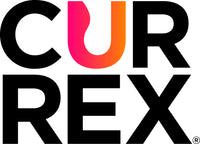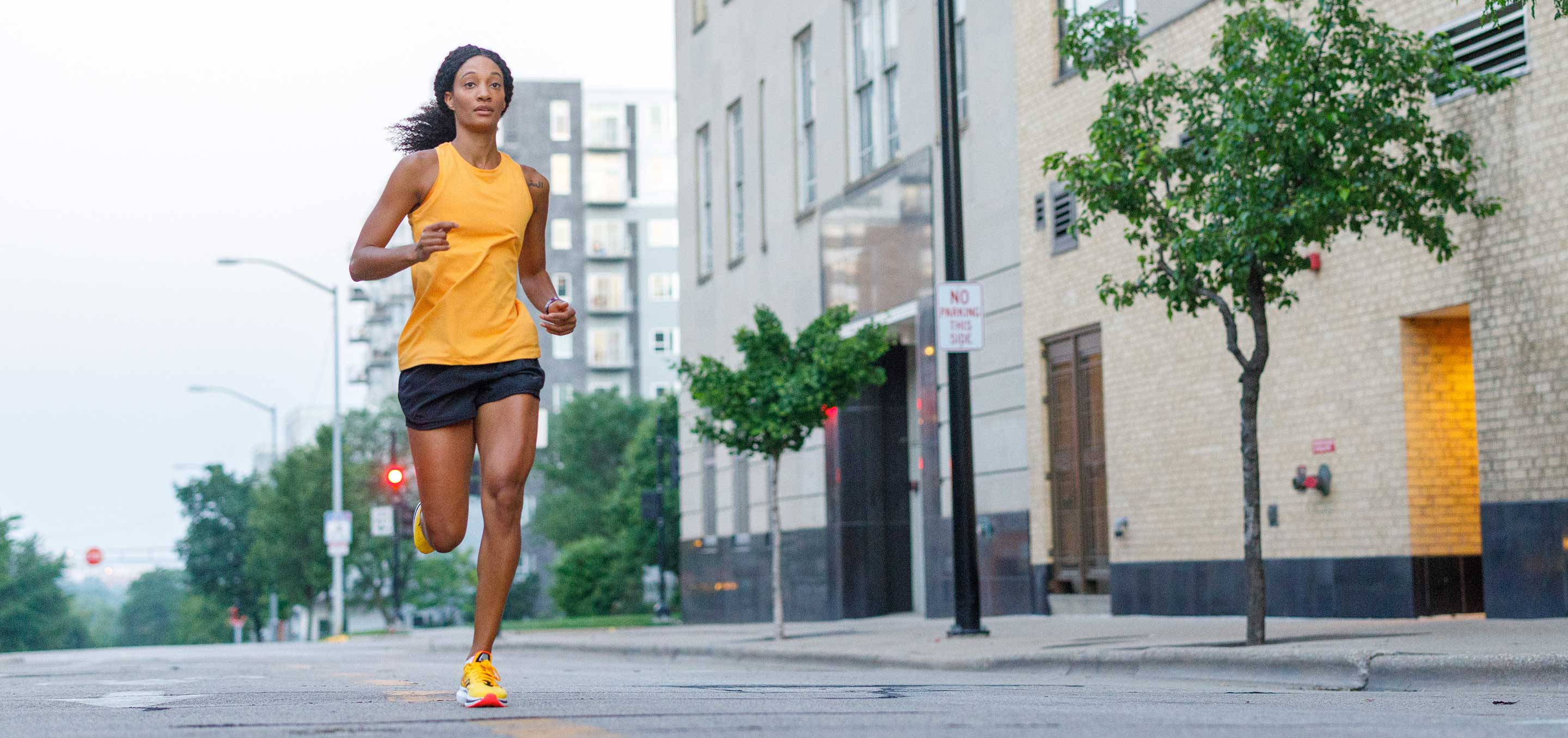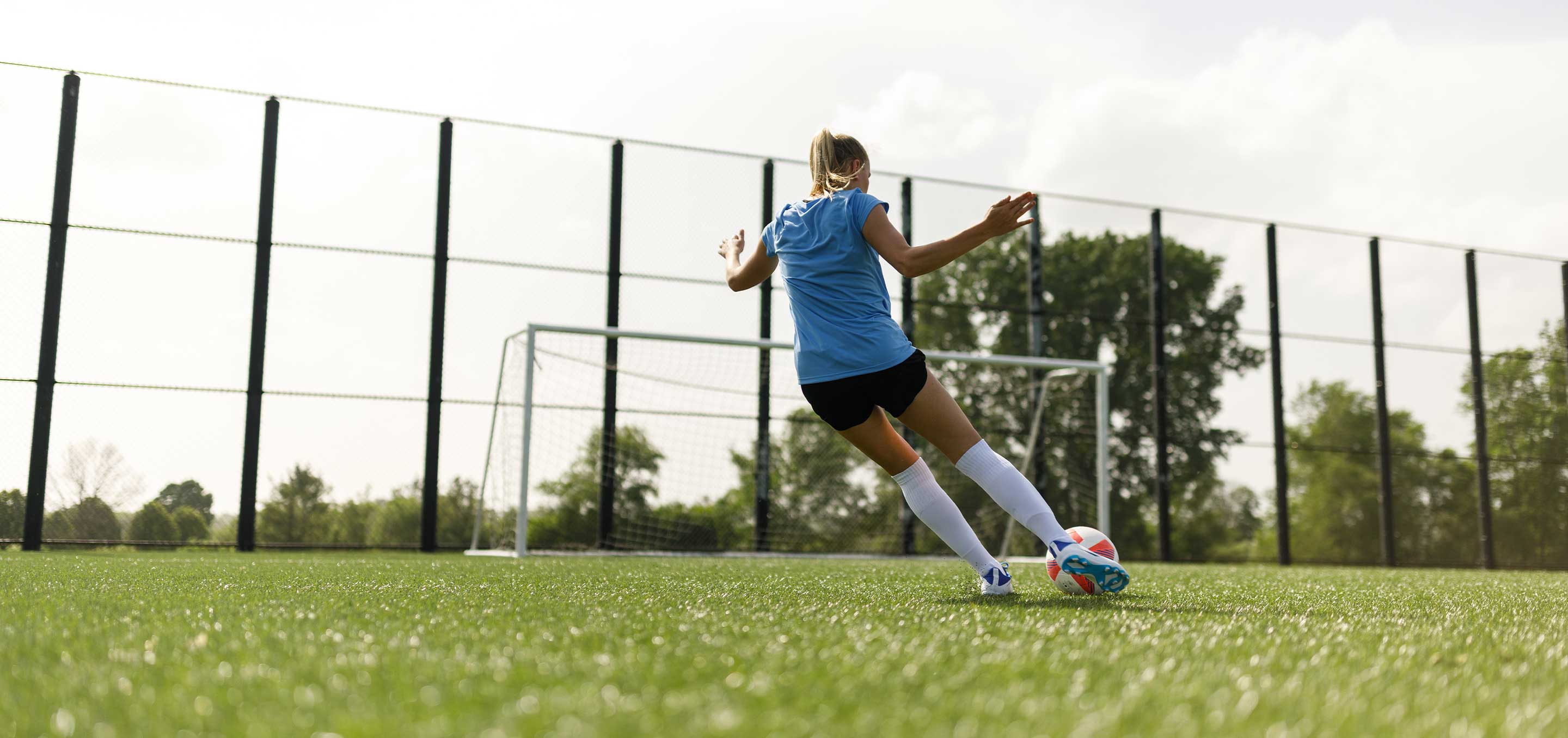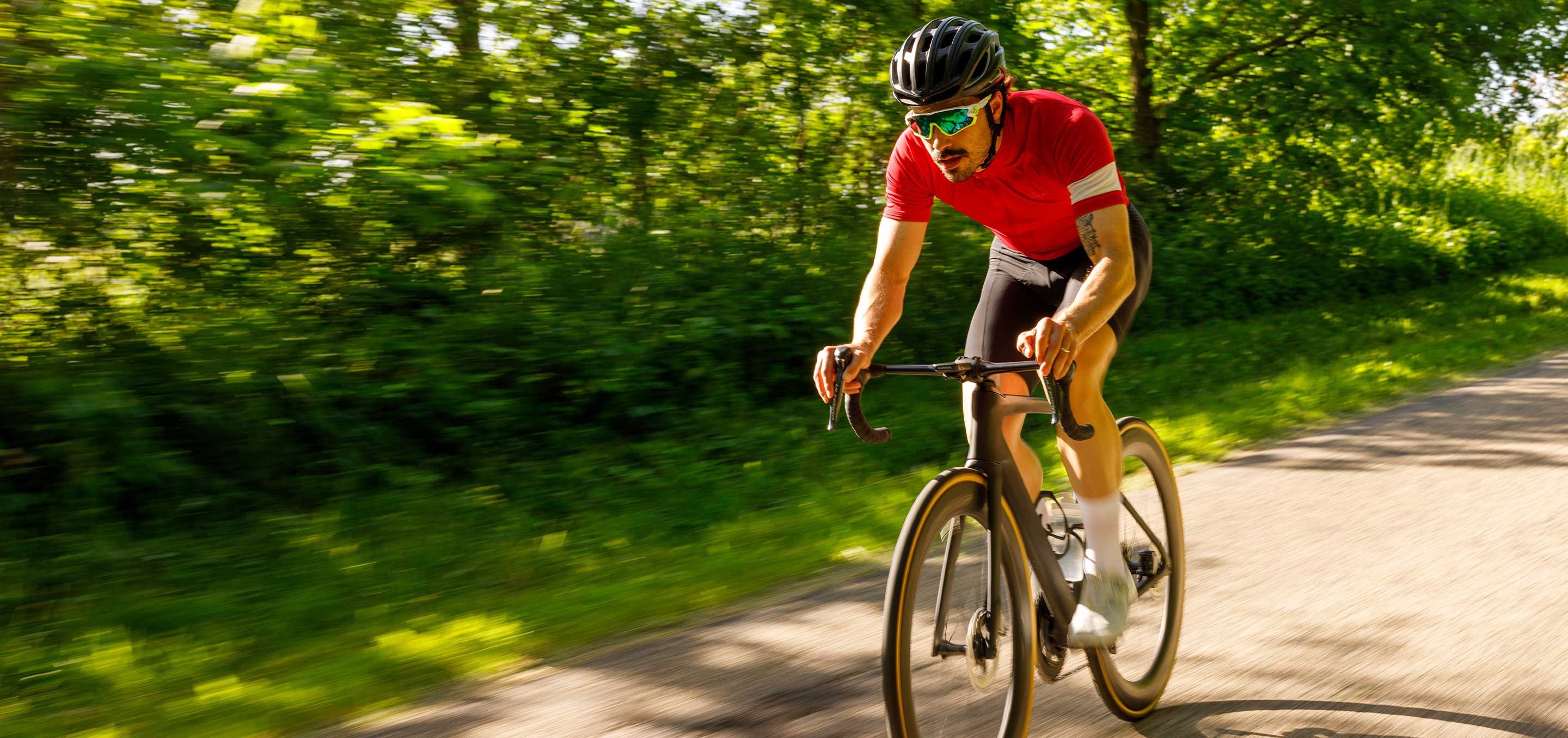Soccer Cleats vs Baseball Cleats

What's the Difference Between Soccer and Baseball Cleats?
The right footwear is essential to every athlete’s uniform. Shoes like cleats have special features that ensure optimal safety, comfort, and performance so you can give it your all on the field. Just like CURREX® insoles are designed to meet the unique demands of each sport, so are soccer cleats and baseball cleats.
Whether you’re a multi-sport athlete or a parent of one, it’s important to know soccer and baseball cleats are not the same. Knowing the differences between them and using the best insoles for cleats in both sports is key to better performance and safe play.
Why Cleat Differences Matter
Soccer, baseball, football, and other field sports use cleats to help players move across the field and play the sport safely. Cleats provide stability, grip, and support that fits the style of play and the playing surface.
Because no two sports are the same, neither are the shoes you wear to play them. Like the differences between soccer and football cleats, baseball cleats have a toe stud for added traction when sliding or digging into bases. If baseball cleats were worn to play soccer, the toe stud could slow a player down and pose a dangerous risk to fellow players.
Differences in cleat designs support game-specific movements. Wearing the wrong cleats is against most soccer and baseball league rules. It can also increase a player’s risk of injuries, damage the field, and negatively affect performance. The right support from a great fitting cleat can be a game-changer in sports like baseball and soccer.

Why You Need CURREX® CLEATPRO™ for Both
Despite their differences, soccer cleats and baseball cleats share one key factor: they must fit comfortably to prevent injuries and aid in performance. The best insoles for soccer cleats, CURREX CLEATPRO insoles can also be used in baseball cleats to give athletes the perfect fit.
Whether you are in the diamond or on the pitch, here's how CURREX insoles for cleats take your game to the next level:
- Adaptable support and a decoupled heel create a complete fit, wrap, and lock with enhanced stability for dynamic play.
- NEO Touch anti-slip grip keeps the foot connected with the shoe for greater ball control and secured lateral movement.
- Targeted forefoot cushioning delivers propulsive speed at toe off for precision turns and explosive sprints.
- Shock-absorbing cushioning helps reduce fatigue during long games and prevent common injuries.

The same highly customized support, propulsive cushioning, and superior grip that makes CURREX CLEATPRO great for soccer also makes them the best insoles for baseball cleats. Find the right insoles for cleats for your sport when you use the CURREX Insole Finder.
The Differences Between Soccer vs Baseball Cleats
Soccer and baseball are two entirely different sports played on slightly different surfaces, but they still require cleats. The differences between baseball cleats vs soccer cleats can be summed up by their purpose, fit and feel, stud patterns, and ankle support.

Purpose
Designed for agility, control, and quick turns, soccer cleats are made of thin, flexible materials with low-profile studs and no midsole. This allows players to feel more connected with the ground when running or kicking the ball.
Baseball cleats are designed for stability and quick shifts between standing firm on the ground and sprinting. They are heavier with a more obvious midsole and toe stud, giving them enhanced traction on dirt, clay, and grass fields.
Fit & Feel
Soccer cleats are narrow and lightweight with a snug fit, so players can feel the ball with their feet and save energy for running. The fit and feel of a soccer cleat is meant for quicker footwork while thicker materials on the top protect the feet while kicking.
Baseball cleats are wider and bulkier compared to soccer cleats. They have more cushioning on the tongue and heel while a midsole offers more support for periods of standing.
Stud Pattern
Soccer cleats have circular or conical studs made of plastic or rubber that are low-profile and evenly spaced for optimal contact with the pitch. The number of studs varies between different types of soccer cleats. Strategic placement helps players with balance and fast pivoting while navigating different playing surfaces.
Baseball cleats have rectangular studs made of molded rubber, plastic, or metal. An extra toe stud gives players better stability and traction for digging in while batting, pitching, and stealing bases. Diverse stud placement around the foot adds stability to the shoe.
Ankle Support
Soccer cleats are low cut, sacrificing ankle support for greater agility and freedom of movement. Available in different cuts, mid-top baseball cleats have more ankle support with a padded collar. This is necessary for running bases, protection while sliding, and stable, lateral movement.
Can you use soccer cleats for baseball?
Soccer cleats can be worn for baseball, but you’re better off wearing baseball cleats, especially if you play in the outfield. Wearing soccer cleats for baseball might help with agility, but it can increase your risk of slipping without the traction from an extra toe stud.
Can you wear baseball cleats for soccer?
No, you cannot wear baseball cleats for soccer. Soccer players can only wear soccer cleats because the toe spike in baseball and football cleats poses too great a risk of injuring other players. Wearing baseball cleats for soccer is against league rules.
Soccer vs Baseball Cleats in Youth Sports
Kid’s soccer cleats can be worn for baseball, but baseball cleats for kids cannot be worn to play youth soccer. For youth field sports like little league baseball and soccer, parents should focus on buying comfortable cleats that fit.
Extra small (XS) CURREX CLEATPRO insoles fit kid’s cleats to help absorb impact, support growing feet, and protect against injuries. If your child plays multiple sports and you want an affordable, versatile way to make their cleats fit better, choose CURREX insoles for kid's cleats.

Choose CURREX CLEATPRO Insoles for All Cleats
Wearing the right cleats is crucial to comfort, performance, and safety on the field. CURREX CLEATPRO baseball insoles and insoles for soccer provide the perfect fit with superior grip so all players can perform better with less fatigue, more stability, and greater comfort overall.








